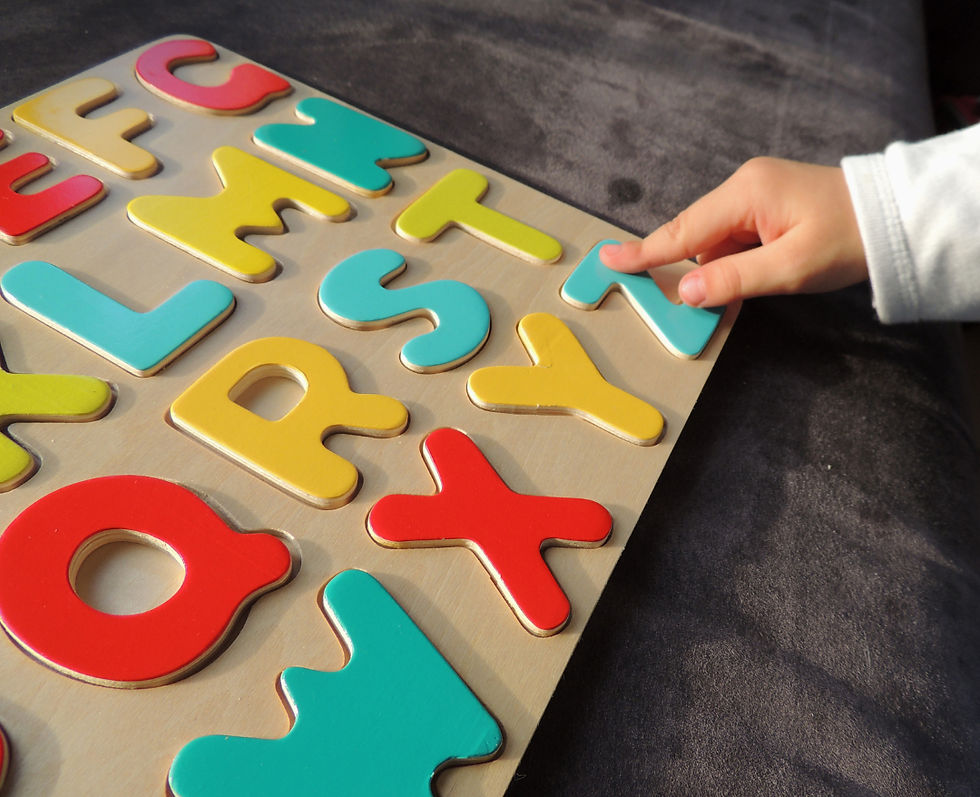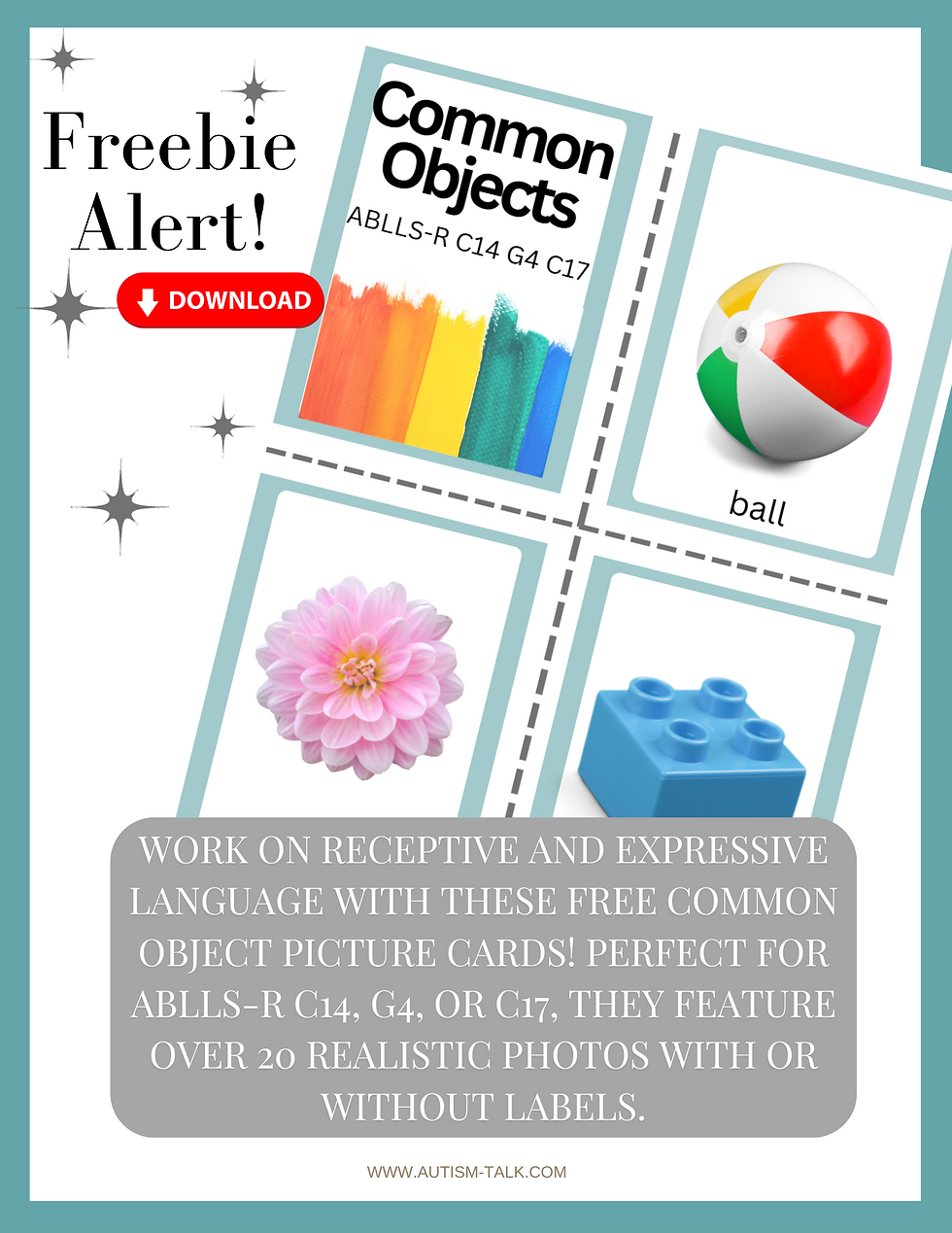Homeschooling Tips for Autistic Children
- Autism-Talk

- Oct 20, 2024
- 6 min read
Updated: Nov 2

Are you considering homeschooling your autistic child? Homeschooling can be a rewarding and effective way to educate a child with autism, as it allows for an individualized approach to learning. However, it often requires more planning and consideration than designing a program for other child might.
If you decide to homeschool your autistic child, there are some factors to keep in mind to ensure your child’s needs are best met. In this post, I’ll discuss important aspects to keep in mind when homeschooling an autistic child, including choosing a curriculum, addressing sensory needs, using visual supports, incorporating social opportunities, and staying motivated.
Table of Contents
1. Choosing a Curriculum for Homeschooling Your Autistic Child

One of the first decisions you’ll need to make is whether to follow a structured curriculum. For many families, this is helpful to ensure all key skills are covered. You can choose a typical homeschool curriculum available online or go with a more autism-specific program, such as the ABLLS-R (Assessment of Basic Language and Learning Skills - Revised) or the STAR (Strategies for Teaching Based on Autism Research) curriculum.
ABLLS-R: This curriculum is based on assessing a child's current skills in areas such as
language, social interaction, self-help, and motor skills. It’s divided into categories that make it easy to see where a child may need more support. For example, the ABLLS-R covers early learning skills like matching objects, basic communication skills, and even more complex tasks like describing items. For more information about the ABLLS-R Autism Program see this blog post.
The STAR Program: The STAR curriculum incorporates Discrete Trial Training (DTT), Pivotal Response Training (PRT), and Functional Routines. It provides step-by-step instruction with built-in assessments and is designed to help children make gains in areas like language, academics, and social skills.
It’s important to note that neither of these programs covers social skills in depth. Since social skills are a crucial part of autism education—and a significant reason many parents choose to homeschool—consider adding a separate social skills curriculum to your homeschooling plan, such as Superflex.
2. Considering Sensory Needs
Children with autism often have unique sensory processing needs that can impact their ability to focus and learn. It’s essential to consider these needs when setting up a learning environment at home. Research indicates that sensory processing issues can influence emotional, behavioral, and educational outcomes in children with autism (Ashburner, Ziviani, & Rodger, 2008).
Setting up a sensory-friendly area in your home can make a big difference. This could include items such as:
Weighted blankets or lap pads for calming pressure
Noise-canceling headphones to reduce auditory distractions
Fidget toys for hands-on stimulation during lessons
Soft lighting or natural light to minimize visual overstimulation
Swing or rocking chair for calming vestibular input
Having a designated sensory area gives your child a place to go when they feel overwhelmed and helps support their sensory needs in a proactive way.
3. Using Visual Supports
Visual supports, such as visual schedules and picture-based learning aids, can be incredibly helpful for children with autism. These supports provide clear expectations and routines, which can reduce anxiety and improve focus.
Since many autistic children are strong visual learners, incorporating visual supports can help them better understand and retain new information. The TEACCH system (Treatment and Education of Autistic and Communication-Handicapped Children) is particularly effective for structuring learning activities using visual supports.
The TEACCH system can be used to address a variety of learning goals. Here are some examples of goals that are easier to address with this system, as well as goals that may be more challenging.
Goals That Are Easier to Address with the TEACCH System:
Fine motor tasks: For example, placing beads on a spindle or fitting shapes into a shape sorter. These tasks can be structured visually, with each step clearly outlined.
Tracing lines or shapes: Visual aids can be used to show where the child should start and finish.
Sorting and matching tasks: Such as sorting objects by color, size, or category. Visual cues can guide the child in organizing items correctly.
Basic daily living skills: Tasks like brushing teeth or putting on a jacket can be broken down into visual steps using picture cards.
Simple academic tasks: Activities like matching letters to their sounds, number recognition, or picture-to-word matching can be set up with visual supports.
Goals That Are More Difficult to Address with the TEACCH System:
Tasks that are completely new to the child: If a child has never encountered a particular skill or activity, it may take time to establish a structured approach that works.
Social skills: While visual supports can assist with understanding social scenarios, the nuances of social interaction often require more flexible and dynamic approaches.
Gross motor skills: Activities involving large movements, like throwing a ball or jumping, may not lend themselves easily to a structured visual approach.
Speech or language goals: These often require more interactive or auditory-based strategies, rather than purely visual methods.
4. Incorporating Social Opportunities

Homeschooling an autistic child often involves finding creative ways to incorporate social interactions. Research suggests that homeschooled children with autism can show positive academic and social outcomes when their unique needs are met in a tailored environment (Rothermel, 2003). However, it’s essential to be proactive in providing social experiences, as they won’t occur as naturally as they might in a traditional school setting.
Consider including a mix of casual and planned social interactions based on your child’s comfort level and social goals:
Casual playdates: Arrange informal playdates with family friends or neighborhood children.
Group classes: Participate in classes or clubs where your child can interact with peers, such as art, music, or science.
Therapy groups: Look for local social skills groups or group therapy sessions tailored to children with autism.
Community events: Attend sensory-friendly events or activities that cater to children with special needs.
The goal is to find social opportunities that match your child’s needs and can help build skills that will benefit them in everyday life.
5. Motivating Your Child

One of the biggest challenges I faced during the brief time I homeschooled my own child with autism was keeping him motivated. Motivation can be a significant hurdle when homeschooling, and it’s important to prepare for this challenge.
To maintain motivation, consider using your child’s special interests as a tool. For example:
Incorporate a favorite topic into learning materials (e.g., dinosaur-themed math worksheets).
Use a preferred activity, such as building with blocks, as a reward for completing a task.
Choose reading materials related to your child's interests to encourage literacy.
Unless you choose to follow an unschooling philosophy—where the child’s interests drive all learning—you will need to find ways to keep lessons engaging and relevant. Be prepared to adapt activities to maintain your child’s interest and enthusiasm.
Closing Thoughts
Homeschooling a child with autism can be a fulfilling experience that offers many benefits, but it requires careful planning. Consider a structured curriculum, address sensory needs, use visual supports, provide social opportunities, and find ways to keep your child motivated. With the right strategies in place, you can create a learning environment that truly supports your child’s growth.
If you’re looking for materials aligned with the ABLLS-R curriculum materials, I have resources available on both Teachers Pay Teachers and Etsy that can support your homeschooling efforts.
References
Ashburner, J., Ziviani, J., & Rodger, S. (2008). Sensory processing and classroom emotional, behavioral, and educational outcomes in children with autism spectrum disorder. American Journal of Occupational Therapy, 62(5), 564-573.
Rothermel, P. (2003). Can we classify all home educating families in terms of a simple typology? Education and the Law, 15(1-2), 143-161.
%20(21).png)








Comments